
Why the Color Purple?
Ever since I can remember I have always loved the color purple. It was my favorite color of crayon growing up as a child. When I was in undergrad it was my favorite color choice in Advanced Painting Classes. In fact, the color Violet Dioxazine was almost taken from my art palette box by my art professor for my liberal use of it. To this day I am still adding it to my paintings; and you can see it everywhere in my work (including the background color of this website).
Violet Dioxazine is a vivid purple pigment; and it is almost black at its most concentrated form. When diluted, it reveals many incredible shades of purple. It is also one of the bluest shades of purple/violet.
The color violet is strongly connected to Impressionism, with Monet, Pissarro and Manet abandoning the use of black for shadows and instead using tones of violet, seeing in shadows shades of color rather than black or grey. This led to violet being dominant in their paintings and they were dubbed as having ‘Violettomania’. With Monet declaring “I have finally discovered the true colour of the atmosphere,” . . . “It is violet. Fresh air is violet.”
Violet falls between red and blue in an artist’s color wheel and is placed after indigo on Isaac Newton’s 7 color rainbow spectrum (ROYGBIV: Red, Orange, Yellow, Green, Blue, Indigo, Violet). Violet sits on the very edge of the visible rainbow spectrum after which we find Ultraviolet (or ‘beyond’ violet from the Latin ‘ultra’) which is invisible to most humans. Perhaps because of our inability to visibly perceive beyond violet, it is sometimes the color that represents the fringe or the edge of knowledge.
As my final thoughts on my favorite color, I will leave you with this poem that I wrote about it.
Purple is the color of my dreams,
It makes my mind wander and my eyes gleam.
From flowers to fabrics, it catches my eye
It’s a color that many are afraid to try.
Purple, oh purple, a regal hue,
It’s bold, it’s bright, and oh so true,
It’s a color that always sets my work apart
And it’s a favorite color for my heart
Purple ignites my senses with its delight,
It brings joy to my heart and hope to my sight.
A hue that brings calmness and peace to the eye
It whispers of mystery, of secrets that lie
Purple, oh purple, a sight to behold,
A color so fascinating, it never gets old,
From lilacs to lavender, it’s a color of flair,
A shade so gorgeous, it’s beyond compare.
So, let’s hail the color, so perfect and true,
A hue that can never be misconstrued,
Purple, oh purple, forever we’ll be,
In awe of your beauty, for eternity.
Author: Barry L. Wingard Ph.D.

 Autumn Brook
Autumn Brook  Autumn Memories
Autumn Memories 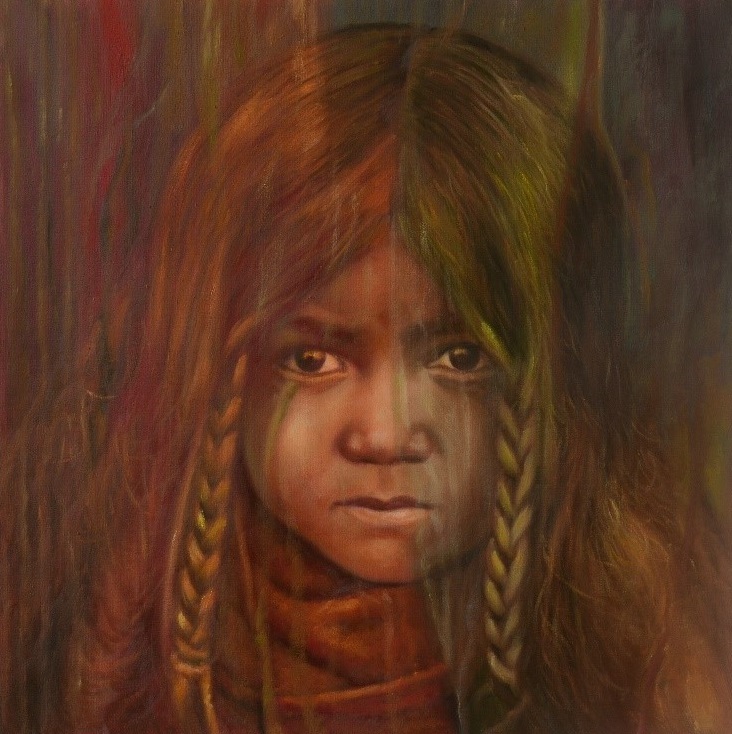
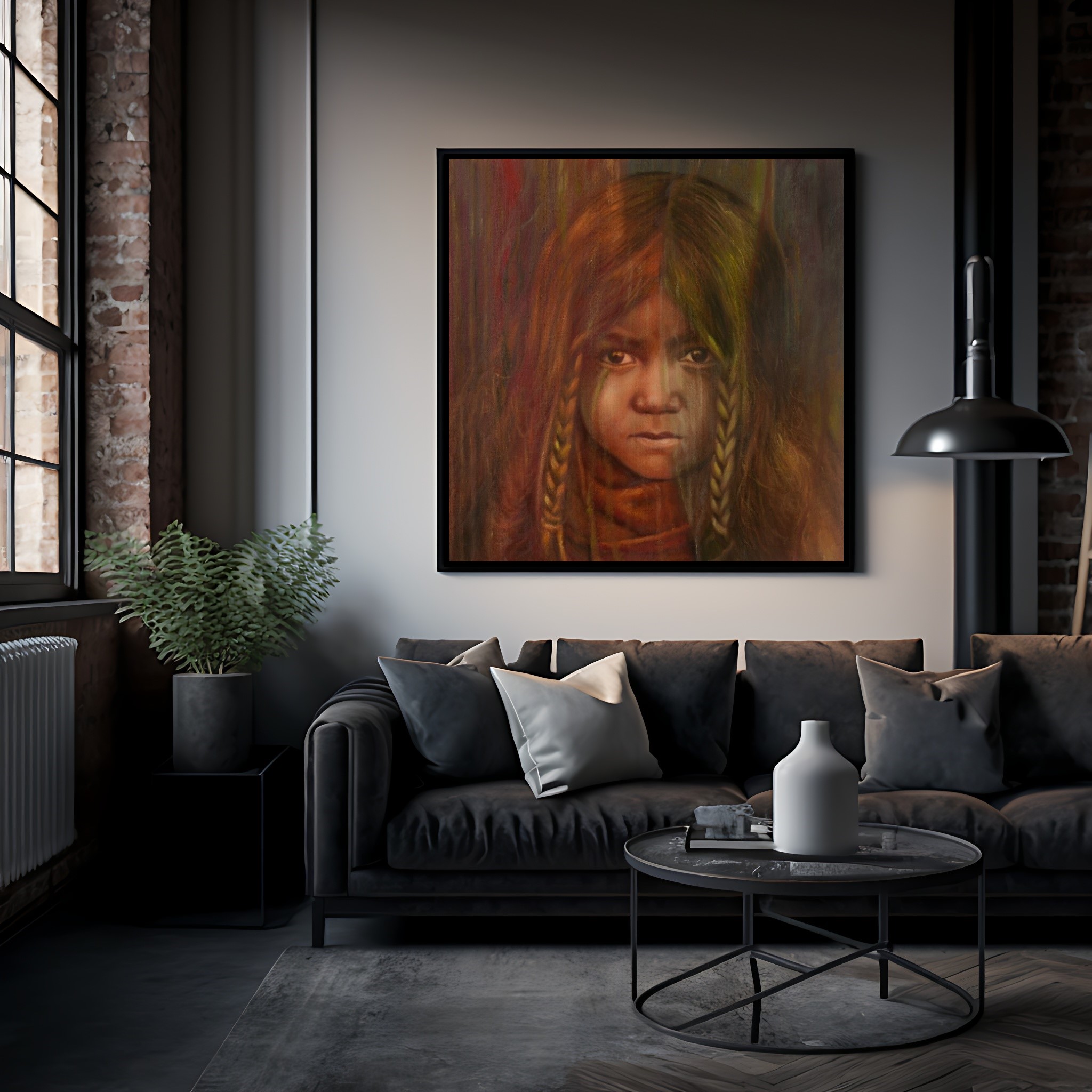

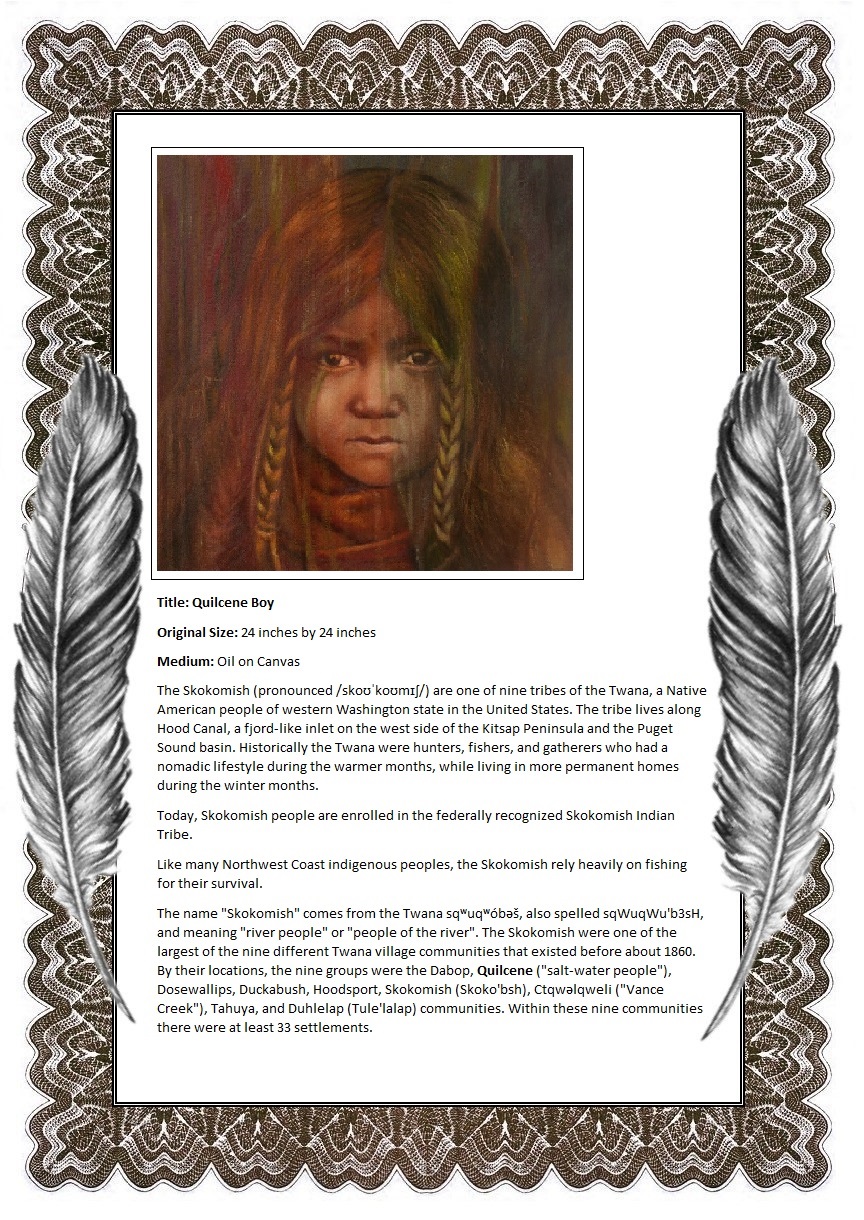
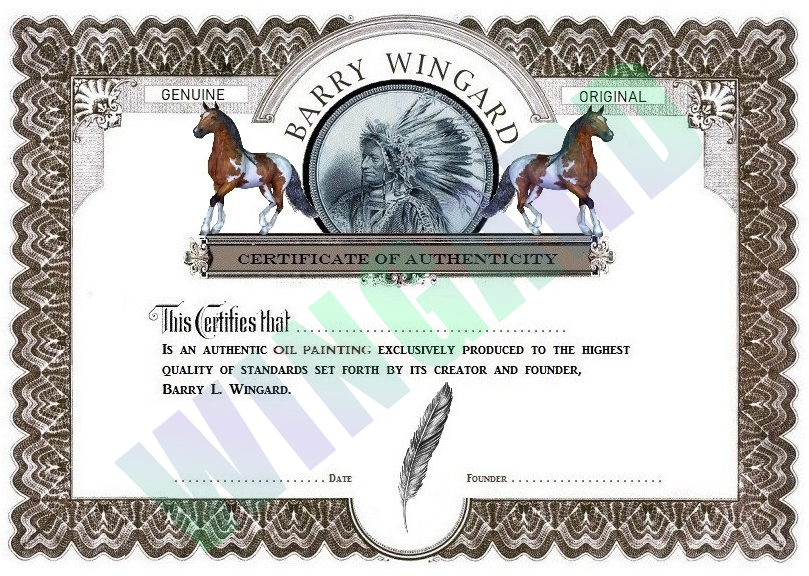



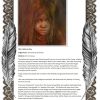
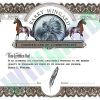

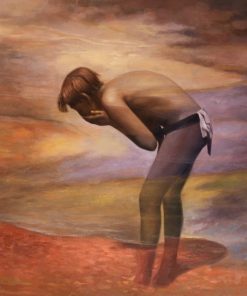




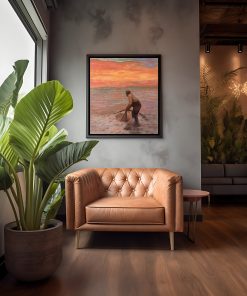









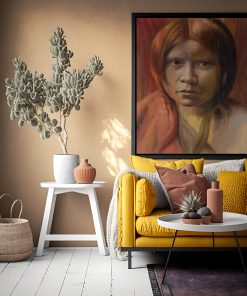








Reviews
There are no reviews yet.